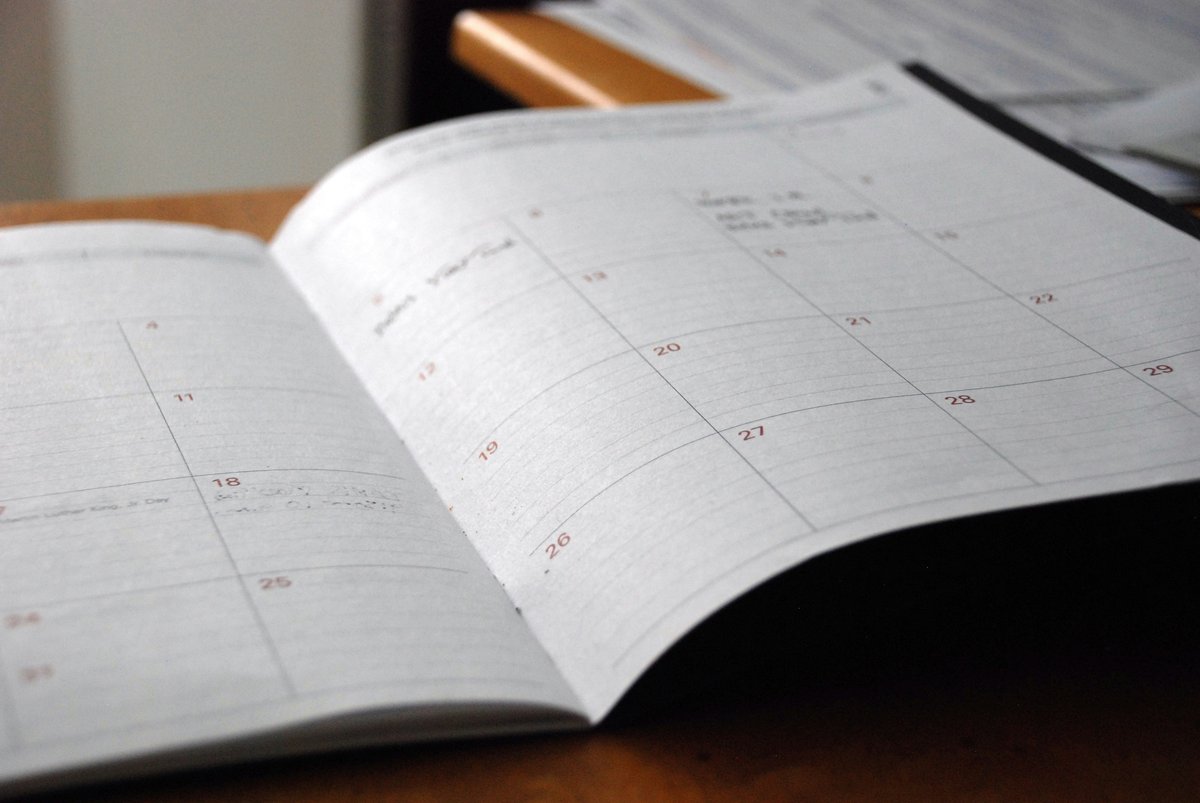
Beyond Q4: Unlocking Hidden Seasonal Opportunities in Off-Peak Months
Why Strategic Planning Beyond Q4 Matters¶
When marketers think of seasonal campaigns, the focus often falls on the “big moments” like Black Friday, Cyber Monday, and the run-up to Christmas. These events draw intense consumer attention, but they can overshadow opportunities in less obvious periods of the year. By strategising your marketing to include off-peak months and lesser-known events, you can reduce competition, stand out with creative messaging, and maintain engagement year-round. This article explores practical ways to unlock untapped seasonal moments, showing how well-timed, data-backed campaigns can bring sustained value to your brand.
Beyond Q4: Unlocking Hidden Seasonal Opportunities¶
Marketers tend to concentrate heavily on Q4 because it frequently accounts for a significant share of annual revenue. However, focusing solely on late-year shopping spikes can leave opportunities on the table:
- Mother’s Day, Father’s Day, and Easter: In the UK, Mother’s Day spending alone has surpassed £1.6 billion in recent years, indicating that these springtime events can rival the revenue potential of peak season.
- Back-to-School: Although it typically peaks in August and September, back-to-school marketing can begin months earlier, especially if your audience needs time to research and compare products.
- Cultural and Local Community Events: Regional festivities, sports tournaments, and charity initiatives can forge strong emotional connections and generate loyalty. These smaller-scale events often allow for more personalised messaging and less competition.
Case Study: Leveraging Spring Events¶
A premium chocolate retailer decided to experiment outside of Q4 by running a series of Easter and Mother’s Day campaigns. By emphasising limited-edition flavours and thoughtful gift bundles, they saw a 25% uplift in sales over the early spring months, compared to the same period the previous year. Strategic cross-promotion—such as sending email teasers for upcoming holiday collections—helped maintain momentum and develop anticipation beyond the Christmas rush.
Identifying Underutilised Times for Engagement¶
A comprehensive seasonal strategy starts with in-depth research into consumer behaviour. Rather than waiting for the big end-of-year rush, build a calendar that covers lesser-celebrated moments:
-
Analyse Historical Data
– Check your website analytics and sales data for traffic, conversion rate, and average order value across each month.
– Identify any mini-peaks or unusual lulls that could indicate customer interest outside of standard holiday periods. -
Track Industry and Cultural Trends
– Monitor social media conversations to spot emerging themes (e.g., sustainability initiatives in the spring or ‘staycation’ trends in the summer).
– Keep tabs on local events that may resonate with segments of your audience, such as food festivals, sports events, or cultural celebrations. -
Align Your Products and Services with These Themes
– If you offer seasonal or limited-edition items, time their release to match these events.
– Update your imagery, marketing messages, and product bundles to reflect off-peak occasions.
Crafting Your Year-Round Moment Marketing Framework¶
A methodical framework ensures your seasonal activations remain consistent and effective. Consider the following four-step approach:
1. Plan¶
- Set Clear Objectives: Define your key performance indicators (KPIs) for each seasonal activation, whether it is increased sales, higher email open rates, or improved brand recall.
- Develop a Year-Round Calendar: Mark down all major and minor events relevant to your audience. Include trade shows, product launches, sporting events, and cultural festivities.
2. Evaluate¶
- Research Audience Insights: Use surveys, focus groups, and social listening tools to learn how your audience perceives upcoming events or themes.
- Estimate Resources: Plan budget allocations, staffing needs, and creative assets for each event, ensuring you balance your resources evenly throughout the year.
3. Activate¶
- Coordinate Messaging Across Channels: Harmonise your PPC, SEO, email, and social media campaigns to convey a unified message around the upcoming event.
- Use Targeted Promotions: Offer exclusive deals, loyalty perks, or early-bird discounts to drive engagement during these off-peak moments.
- Leverage Emerging Platforms: Experiment with TikTok, Snapchat, or niche community sites if your audience is active there—off-peak months are ideal for exploring new channels without pressure from the holiday rush.
4. Review¶
- Collect Performance Data: Track all essential metrics during and after your campaigns—sales, conversions, click-through rates, and social engagement.
- Conduct Post-Mortem Analysis: Assess what worked and what did not. Use insights to refine your approach for the next seasonal opportunity.
- Plan Iterations: Make immediate adjustments to upcoming campaigns if you see early successes or red flags in your metrics.
Real-World Examples of Off-Peak Wins¶
- Fashion Retail: Clothing brands using “Hot Summer Deals” to capitalise on the back-to-school and late summer gap, resulting in early conversions before the autumn range arrives.
- Home Décor: Leveraging spring cleaning season to run targeted campaigns around home organisation and garden makeovers, thus filling the revenue gap before summer sales.
- Online Food Delivery: Special themed packages for smaller cultural celebrations, such as a Diwali meal kit or a Lunar New Year feast, opening up new customer segments throughout the year.
Maximising ROI in Off-Peak Months¶
By consistently exploring fresh angles and underrepresented events, your brand can foster continual consumer interest and spread revenue more evenly. Off-peak marketing often has less competition, allowing for lower advertising costs and the chance to stand out with distinctive creative. Gathering feedback and performance data from these campaigns will sharpen your understanding of consumer preferences, making your Q4 efforts more targeted and refined.
Encouraging Year-Round Action¶
Building an always-on seasonal strategy is a long-term commitment but yields significant rewards. Begin by mapping your underutilised months, brainstorm alignment with events or cultural moments, and set performance goals that align with your broader marketing objectives. By actively experimenting and optimising your approach, you will discover innovative ways to engage consumers throughout the year, ultimately ensuring that your best opportunities extend well beyond the Q4 peak.